Verbena is a genus of flowering plants that belongs to the family Verbenaceae. It includes a diverse group of herbaceous annuals, perennials, and shrubs. Verbena species are native to various regions, including North and South America, Europe, and Asia. Known for their vibrant and abundant blooms, verbena plants are popular choices for adding color and beauty to gardens, containers, and landscapes.
**Appearance**
Verbena plants vary in size, ranging from compact and low-growing varieties to tall and sprawling forms. The leaves are typically serrated or toothed, with a lanceolate or ovate shape. The foliage can be light to medium green and may have a slightly rough or hairy texture.
One of the notable features of verbena plants is their showy and fragrant flowers. The flowers are small, typically with five petals, and are arranged in clusters or cymes. Verbena flowers come in a wide range of colors, including shades of purple, blue, pink, red, white, and multicolored combinations. They attract butterflies, bees, and other pollinators to the garden.
**Cultivation**
Verbena plants are generally easy to grow and maintain. They prefer full sun exposure, but some varieties can tolerate partial shade. Well-drained soil is essential for verbena, as they are susceptible to root rot in overly wet conditions. They are adaptable to different soil types, including sandy or loamy soils.
**Care and Maintenance**
Regular watering is necessary to keep verbena plants evenly moist, especially during hot and dry periods. However, it’s important to avoid overwatering, as excessive moisture can lead to fungal diseases. Deadheading spent flowers promotes continuous blooming and helps maintain the plant’s appearance. Pruning can also be done in early spring to shape the plant and remove any dead or damaged growth.
**Uses**
Verbena plants have various uses in the garden. They are often used in borders, rock gardens, containers, and hanging baskets to add splashes of color. They also make attractive ground covers when planted in mass. Additionally, some species, such as lemon verbena (Aloysia citrodora), are valued for their aromatic foliage, which is commonly used in herbal teas, potpourri, and culinary applications.
**Conclusion**
Verbena plants are beloved for their vibrant blooms, attractive foliage, and versatility in the garden. With their wide range of colors and easy-care nature, they are a popular choice for both novice and experienced gardeners. Whether used as bedding plants, container specimens, or landscape accents, verbena plants bring cheerful beauty and attract pollinators, enhancing the overall appeal of any outdoor space.

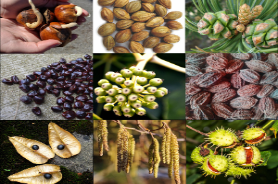

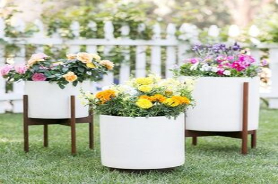



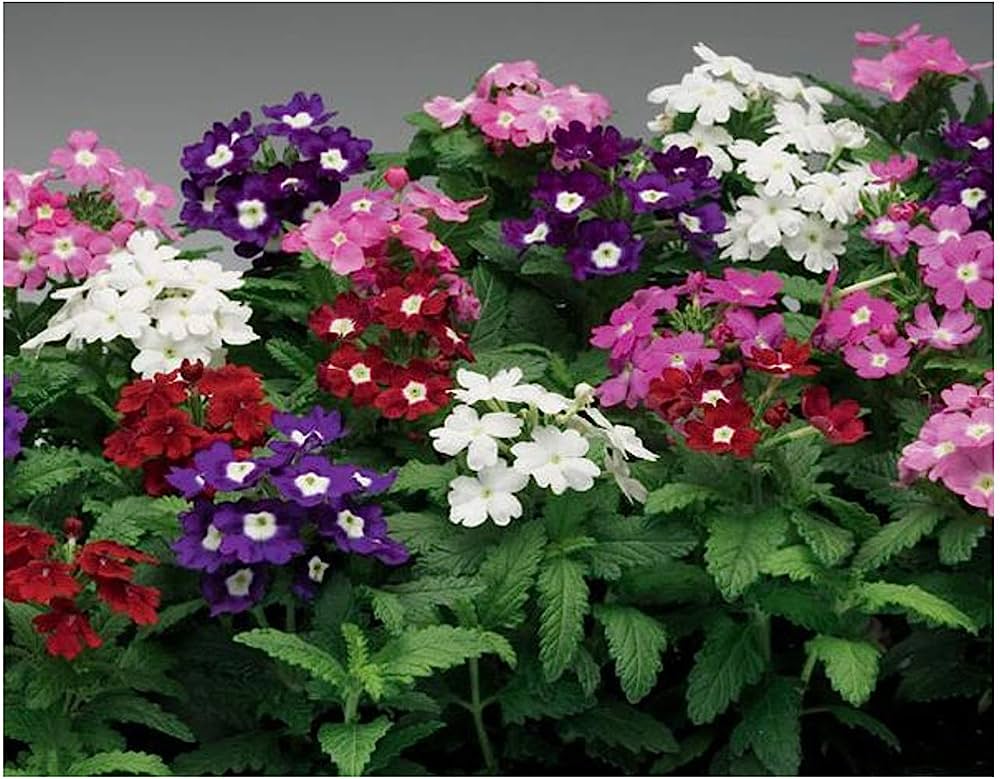
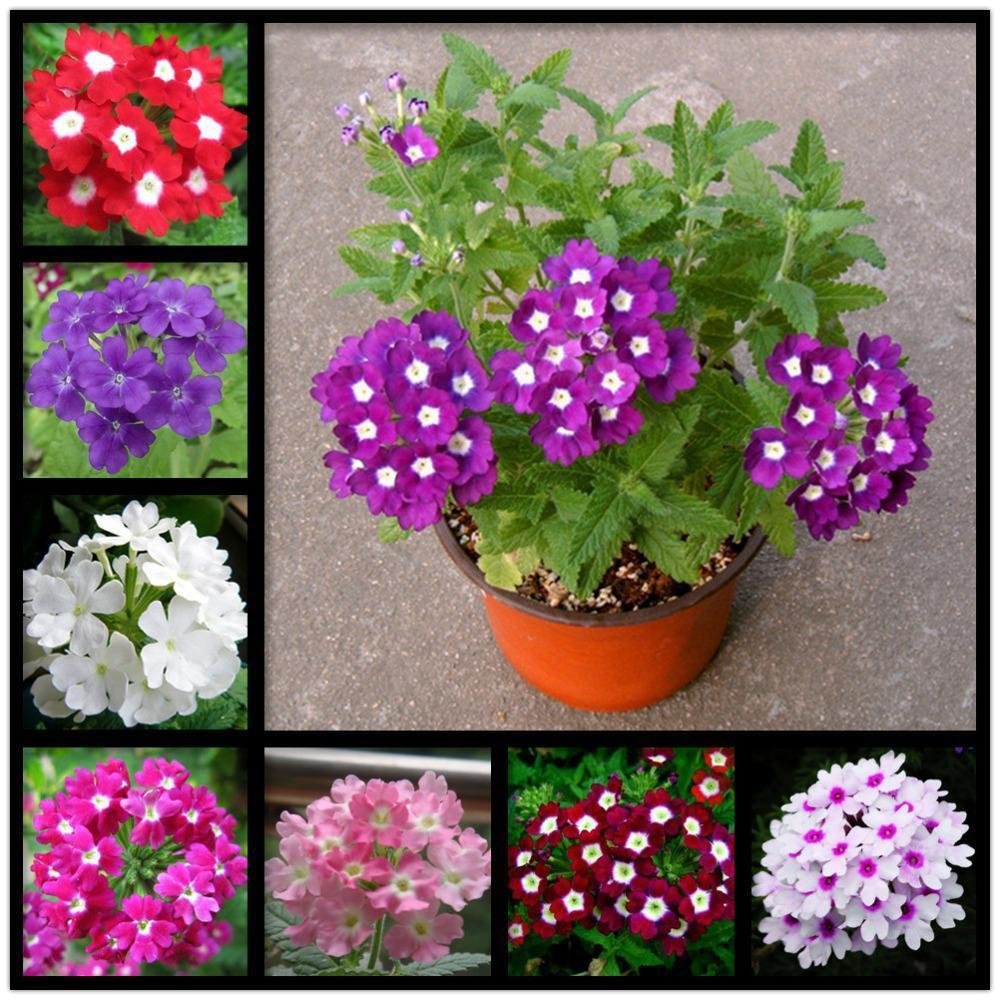
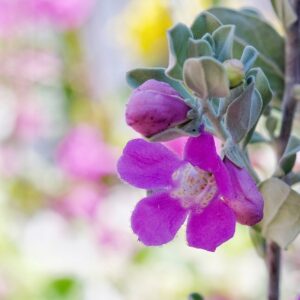

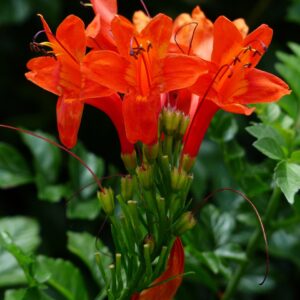
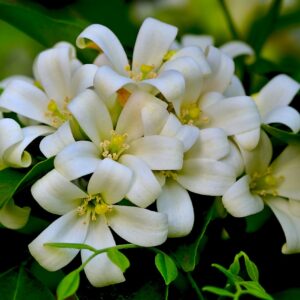
Reviews
There are no reviews yet.